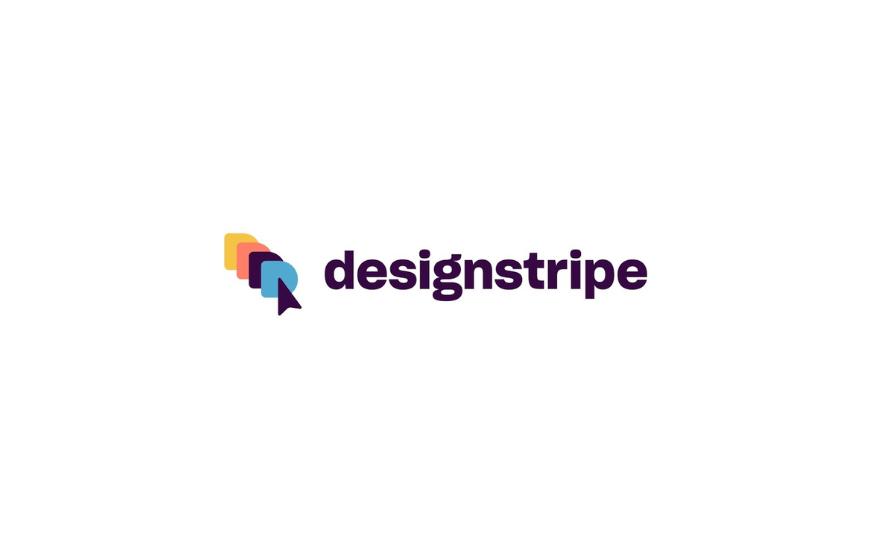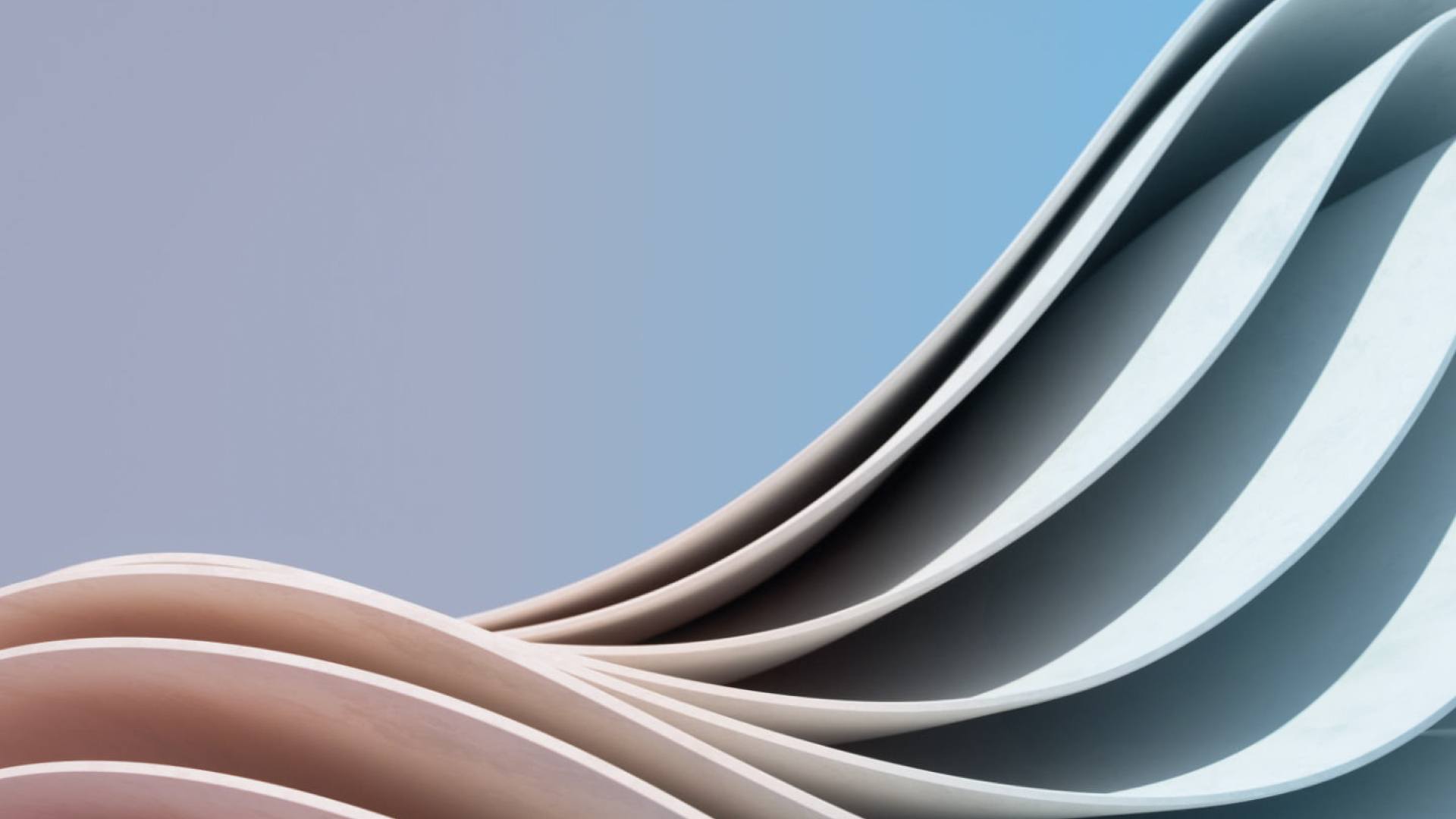This year will mark 40 years since Adobe was founded. In the decades since, Adobe has been the most influential shaper of internet and graphical design through pivotal transitions in their journey and how software is delivered broadly: from early origins in creating underlying programming languages and file formats like PostScript and .PDF to many evolutions of Flash and their continued expansion of the Creative Suite offering. With over 25 million subscribers and a market cap north of $170B, Adobe represents the scale at which design tools are being adopted horizontally.
As the language of business communication continues to become more visual, a number of new persona and purpose-built design tools have emerged in recent years. Some notable examples are Figma, which is bringing real-time collaboration to graphic UI designers, Canva, which is democratizing photo-editing for non-technical designers and creators, PlayPlay, which allows marketing teams and other business users to quickly create and edit videos, and platforms like Miro and Mural, which build workflows and tools around digital whiteboarding.
With all of these new tools, it’s never been a better time to be a designer or start becoming one. Unlike the prior generation of on-prem, license-maintenance design software, modern design tools were built to be used in the browser on a freemium basis – far more approachable and inviting for non-designers like myself to begin playing around with. Still, while the emergence of the modern design stack has significantly lowered the barrier to communicating complex or novel concepts visually, when it comes to easy-to-use illustration tools that are powerful and equipped with the proper guardrails required to keep less experienced designers from creating something off brand or disproportionate, there’s not a lot of options in the marketplace.
This is where designstripe comes in. With designstripe, non-designers and designers alike can create beautiful and impactful illustrations without accidentally straying from their brand colors or core design principles (e.g. proportion, pattern, contrast). Users can either start from scratch or choose from a large library of pre-existing design assets which they can search and customize by granular context.
The power of designstripe lies within its simple but well executed approach of combining easy-to-use tools with fully-owned, customizable illustrations. Like many of the breakout design tools aforementioned, designstripe invested heavily in their underlying platform and asset library from Day 1. Originally, designstripe operated as a full stack design studio that created unique and customizable vector illustrations. As their library of assets grew, the designstripe team began developing internal tools to streamline the creation process as well as their own data labelling engine to ensure every object, blueprint, color palette and pattern could be searched and edited granularly. Long term, designstripe aims to apply expand beyond illustrations in allowing their users to easily create animations, presentations, motion designs and more.
We are thrilled to be partnering with Francois and the entire designstripe team in their journey and welcoming them as the latest in a long history of design investments here at Insight - Shutterstock, Frame, Mural, nTopology, SimScale, Lightricks, PlayPlay and more. In designstripe, we see the same potential to become the leading design platform for creating beautiful and impactful designs come to life, with speed and ease.












%20For%20the%20Rest%20of%20Us%20%7C%20Insight%20Partners&_biz_n=2&rnd=491310&cdn_o=a&_biz_z=1747281220266)
%20For%20the%20Rest%20of%20Us%20%7C%20Insight%20Partners&rnd=450962&cdn_o=a&_biz_z=1747281220267)
